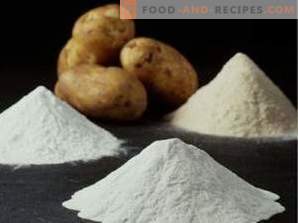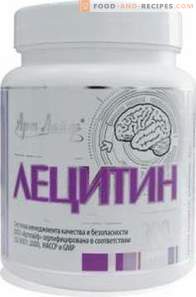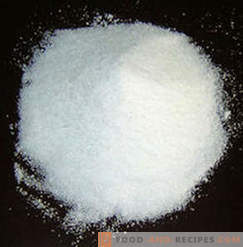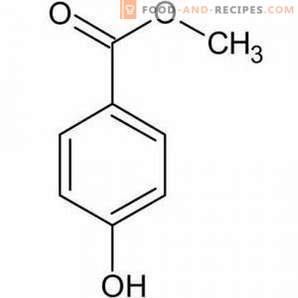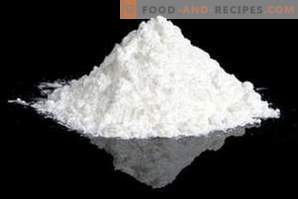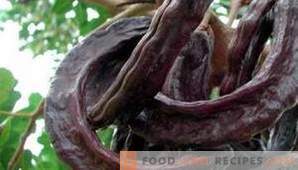
In the modern food industry, a huge number of different additives are used to improve the properties of products. Among them is the emulsifier and stabilizer E410, which is also known as the locust bean gum. Indeed, this substance is obtained by grinding the beans of acacia locust, which grows in the Mediterranean countries. The resulting powder is a food additive E410.
Features of emulsifier E410 and its useful properties
The gray-brown powder obtained by rubbing dried acacia beans, previously purified from the husk, is one of the most common forms of the food additive E410. This substance has a pleasant smell and bitter taste, but it is very poorly soluble in water. It is necessary to bring the liquid almost to a boil in order to obtain a natural thickener and stabilizer. It is for this reason that the modified food additive E410, which is easily soluble in cold water and can be used in the production of foodstuffs, which are unacceptable to heat treatment, is very popular on the market today. Locust bean gum gives foods a higher viscosity, making them thicker. In addition, the emulsifier E410 allows you to turn various substances in the structure of a homogeneous mass. It is also worth noting that this substance can enhance the taste of various foods and give them a spicy flavor that is very much appreciated in the meat industry.
Where is carob bean gum used?
Most often, this food additive is used in the production of dairy products, in particular, yogurt, processed cheese and ice cream. In addition, E410 has excellent preservative properties, so this substance is added to marinades and compotes, juices and preserves. Plus, the gum of carob fruit can be found in canned meat and fish as a stabilizer and flavor enhancer.
Food supplement E410 is part of the creams and jellies, mousses and gravy. It is indispensable in the manufacture of sauces, ketchup and mayonnaise, margarine and bouillon cubes. Often the locust bean gum is added to various seasonings, which gives them a special aroma and enhances the taste. Today, the emulsifier E410 is very widely used in the bakery production, it is added to the dough to give it pomp, uniformity and improve the taste of baking.
How dangerous is the food additive E410?
This emulsifier is approved for use in many countries around the world, but this does not mean that E410 does not pose a threat to human health. Despite the fact that the gum is obtained from the fruit of the plant, it does not dissolve in the gastric juice and is not absorbed by the body. In most cases, the dietary supplement E410 is simply derived from it naturally, but for some people with metabolic disorders it can accumulate. What kind of negative consequences this leads to, scientists have not yet figured out. However, there is an assumption that it is the locust bean gum that promotes the formation of kidney stones and gall bladder.
The modified version of the food additive E410 is perfectly absorbed by the human body, but this substance is classified as GMO. How exactly will affect the health of human consumption of products, which include such an emulsifier, it is difficult to assume. However, the fact that it can cause a gene mutation is not excluded.

